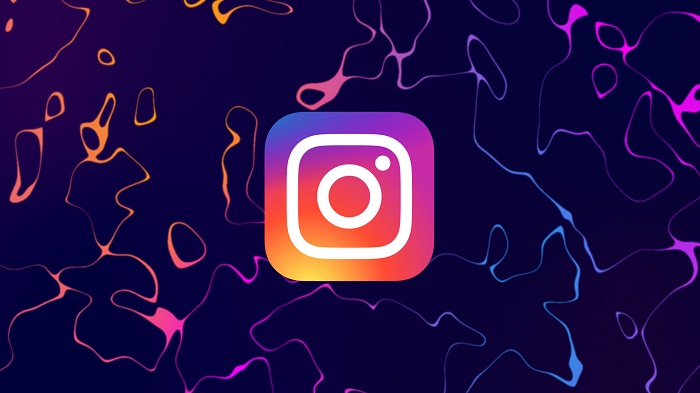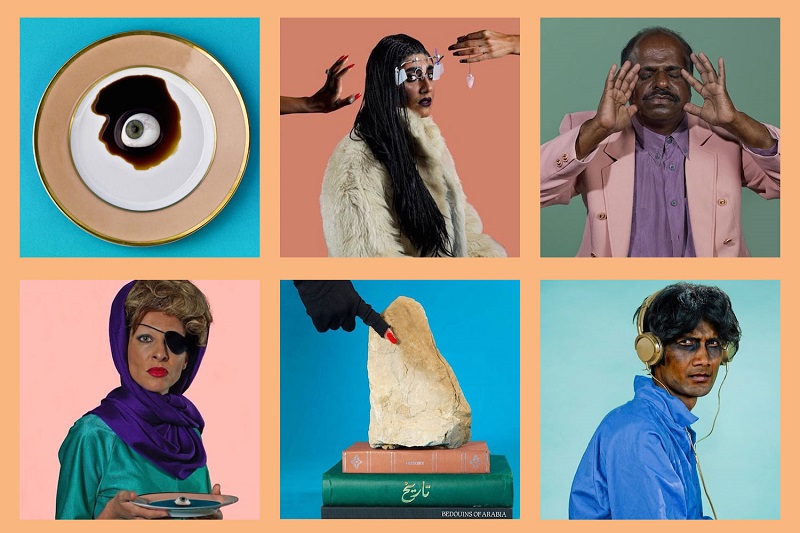The Top 3 Social Media Platforms for Drawing Artists: A Comprehensive Guide

In the digital age, social media platforms have become indispensable tools for drawing artists to showcase their work, connect with audiences, and engage with the art community. This article navigates through the top three social media platforms that are optimal for drawing artists, analyzing their features, audience engagement, and opportunities for growth and exposure.
Instagram: The Visual Art Hub
User-Friendly Interface and High Engagement
Instagram’s visually driven platform makes it ideal for artists. Its user-friendly interface and high engagement rates provide artists with a space to display their artwork vividly and attract a broad audience.
Features Beneficial for Artists
This section discusses Instagram’s key features such as stories, reels, and IGTV that artists can utilize to showcase their work dynamically and interact with their followers.
Building a Community and Following
Here, we delve into strategies for building a community on Instagram, including the use of hashtags, collaborations with other artists, and engaging with followers to grow an audience.
Twitter: Connecting with the Art Community
Effective for Networking and Trends
Twitter’s real-time nature is excellent for artists to network, follow art trends, and engage in conversations with the art community and potential clients.
Hashtag Utilization and Art Threads
We explore how artists can use hashtags and participate in art threads on Twitter to increase visibility and connect with like-minded individuals and groups.
YouTube: Showcasing the Creative Process
Detailed Art Tutorials and Process Videos
YouTube stands out for artists who want to showcase their creative process. This paragraph covers how artists can create detailed tutorials and process videos, offering value to both aspiring artists and art enthusiasts.
Monetization and Audience Engagement
Here, we discuss YouTube’s monetization options for artists, such as ad revenue, channel memberships, and sponsored content, as well as strategies for engaging and growing an audience.

Maximizing Online Presence Across Platforms
Integrating Multiple Social Media Platforms
This section provides insights on how artists can integrate their presence across these platforms, utilizing each for its unique strengths while maintaining a cohesive online identity.
Content Strategy and Consistency
We discuss the importance of having a consistent content strategy across different platforms and how it helps in building a robust online presence.
Engaging with the Digital Art Community
Engaging with the digital art community across these platforms is crucial. This part focuses on the importance of interaction and community involvement in growing an artist’s digital footprint.
Conclusion: Choosing the Right Platform for Your Art
In conclusion, the article emphasizes that while each of these platforms offers unique advantages, the choice depends on the artist’s specific goals and style. It’s about finding the right balance and utilizing each platform’s strengths to build a strong, engaging, and dynamic online presence.
